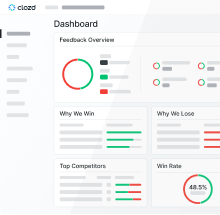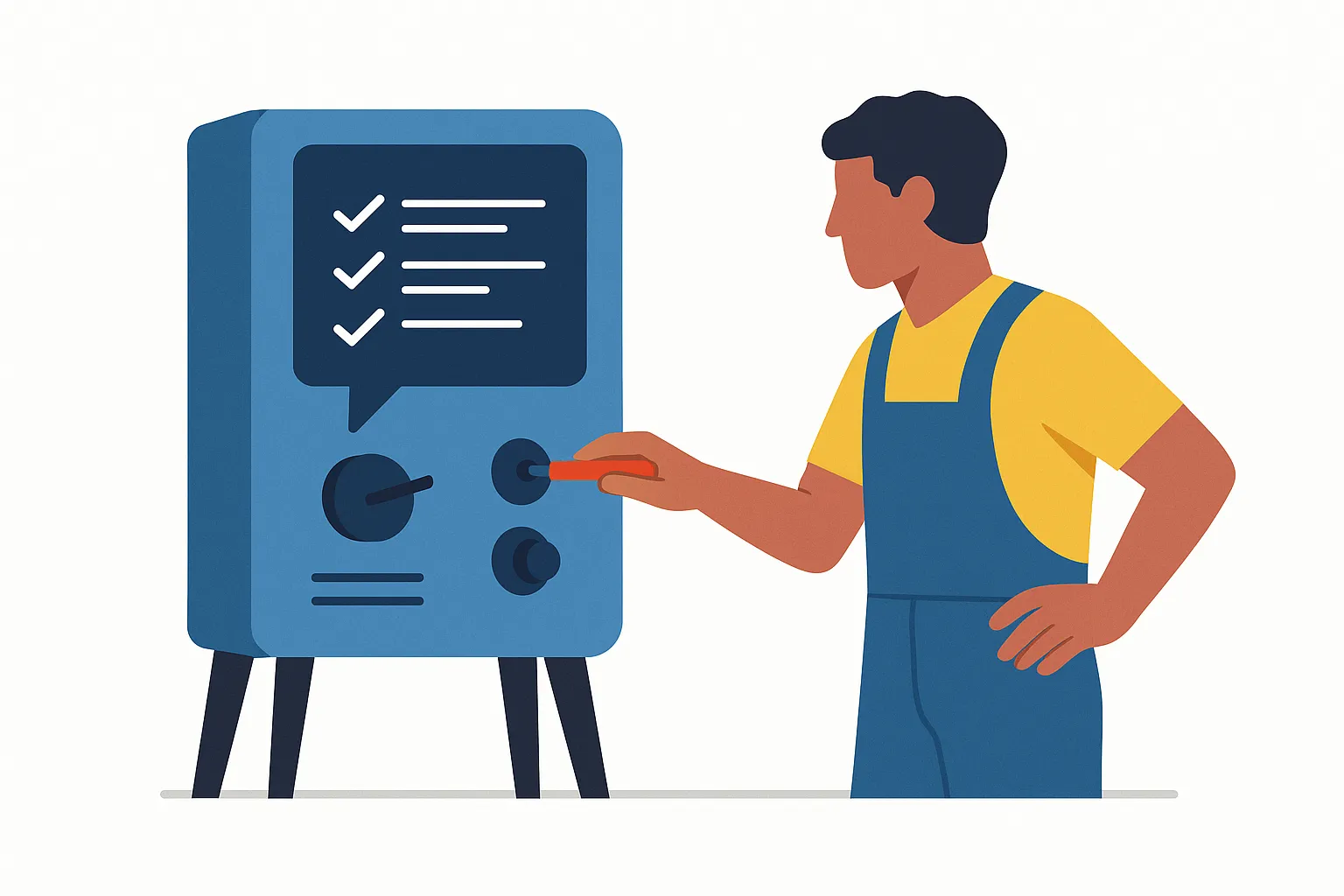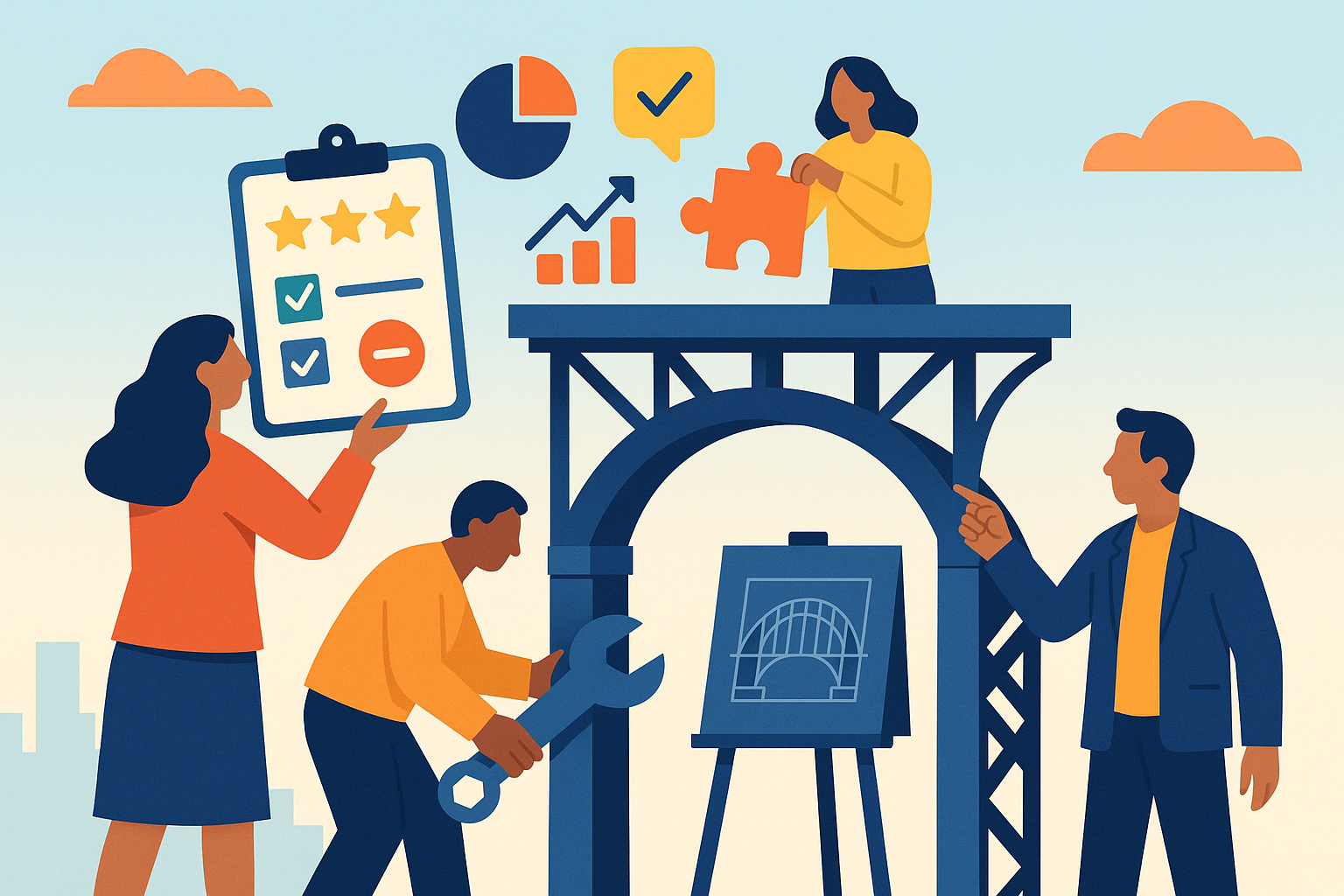In today's fast-paced and highly competitive business environment, customer retention is more essential than ever before. The ability to retain current customers not only fuels revenue growth but also sets the foundation for a trusted and recognized brand. Loyal customers are likely to engage in repeat business, refer others, and advocate for your brand, enhancing your organization’s reputation. At Clozd, we dive deep into authentic customer feedback to illuminate the underlying factors behind customer retention and loss. This comprehensive guide will take you through the pivotal questions to ask during customer retention interviews—and how these insights can be harnessed to lower churn while boosting satisfaction and long-term loyalty.
Sustained customer retention provides a strategic advantage in crowded markets, as maintaining existing relationships typically proves more cost-effective than winning over new clients. Moreover, loyal customers supply valuable feedback that can power iterative improvements and innovation, ensuring your solutions remain competitive and relevant. They also help create a cycle of positive word-of-mouth, which can serve as a critical growth lever for emerging and established companies alike.
Understanding Customer Retention and Churn
What is Customer Retention?
Customer retention measures how effectively a company maintains ongoing relationships with its clients over a specific time frame. A high retention rate signals that customers are not only satisfied with your offerings but are also invested in continuing their partnership with your business. Strong retention reflects quality, service excellence, and the ability to meet evolving needs, all of which contribute to a healthy, sustainable enterprise. Therefore, organizations experiencing high retention often report increased customer lifetime value and more consistent recurring revenue streams. Companies focusing on retention also see substantial savings on acquisition expenses and benefit from more stable revenue streams, providing a stronger foundation for forecasting, scaling, and long-term strategic planning.
What is Customer Churn?
Customer churn—or attrition—tracks the percentage of clients who choose to end their relationship with your company within a given period. Elevated churn rates can severely impact growth, hinder resource planning, and force businesses into a costly cycle of continuously acquiring new customers. Furthermore, high churn can impede efforts to realize long-term business objectives and diminish market reputation. Understanding the reasons for churn is vital, as it enables organizations to address gaps in service, product fit, or customer experience and thus protect their bottom line. When businesses comprehensively analyze why clients leave, they can implement targeted interventions to reverse negative trends and preserve key accounts.
Why Customer Retention Interviews Matter
Customer retention interviews provide a proactive approach to uncovering the true motivations behind customer decisions to stay or leave. Rather than relying solely on broad surveys or generic feedback forms, these in-depth discussions open the door to honest, nuanced insights about your company’s strengths, weak spots, and opportunities for improvement. Consequently, they allow leadership teams to pinpoint what drives satisfaction and where friction still exists, leading to more agile and strategic responses.
Through personalized conversations, businesses can learn what drives ongoing loyalty, whether customers feel valued and heard, and what specific pain points may be jeopardizing long-term relationships. These interviews surface authentic perspectives that might not be captured by quantitative customer feedback alone. Armed with this feedback, organizations are better equipped to refine products, processes, and customer engagement strategies. Consistent use of retention interviews builds trust; customers see their feedback is valued, which enhances relationships and can spark new opportunities for growth and competitive intelligence.
Essential Questions for Customer Retention Interviews
1. What Initially Attracted You to Our Company?
Gaining clarity on what captured the attention of your customers in the first place allows you to identify and emphasize your strongest differentiators. Responses to this question reveal whether it was your value proposition, reputation, innovation, or perhaps superior customer service that stood out. Understanding these initial drivers helps reinforce acquisition strategies and ensures retention messaging resonates with existing and potential customers. These initial impressions can guide both acquisition and retention messaging moving forward.
2. How Would You Describe Your Experience with Our Products/Services?
Encourage customers to reflect on and share their perceptions about every aspect of your offerings—from usability and reliability to features and effectiveness. By digging into their lived experiences, you gain insight into both quantitative measures (like usage rates) and qualitative dimensions (such as ease of integration or perceived value). Positive feedback highlights what you do well and can be leveraged in testimonials, while candid criticism pinpoints where enhancements are needed. These real-world stories can also inform product marketing and sales enablement materials to accelerate future growth.
3. Have You Encountered Any Challenges or Issues with Our Products/Services?
Exploring obstacles or frustrations experienced by customers can uncover recurring issues that might otherwise go unnoticed. Addressing these head-on—rather than waiting for escalations—enables organizations to display responsiveness and agility. By surfacing these challenges early, companies can take swift, targeted action to resolve them, preventing minor issues from escalating into reasons for departure. In addition, this approach demonstrates a commitment to customer-centric problem solving, which differentiates your business in the eyes of current and prospective clients.
4. What Improvements Would You Like to See in Our Products/Services?
Customers often have insightful ideas about enhancements that would better suit their needs or industry trends. Proactively collecting these suggestions opens the door to ongoing innovation and keeps your roadmap in sync with evolving expectations. By soliciting suggestions, your organization demonstrates commitment to customer input and continuous improvement. This feedback often serves as a foundation for your product roadmap or service evolution, guiding prioritization and fueling sustainable growth by aligning offerings with market demand.
5. How Do You Feel About Our Customer Support?
Customer support is frequently a make-or-break factor in customer loyalty. Even the best product can fall short if service is lacking or slow to address urgent needs. Assess whether customers feel supported, understood, and valued when seeking assistance. Inquire about response times, resolution effectiveness, and the quality of interactions with your team. Consistently high marks in this area cultivate loyalty, while negative feedback presents an opportunity to train and improve. Strengthening support systems based on interview feedback also signals a genuine commitment to excellence and partnership.
6. What Factors Would Influence Your Decision to Continue Using Our Products/Services?
Understanding the critical factors that shape retention decisions—such as value, ease of use, adaptability, cost, or relationship quality—enables businesses to prioritize strategic initiatives. Pinpointing these levers helps ensure that your value proposition remains compelling across all customer segments. By focusing on what customers care about most, companies can build stronger, more resilient partnerships. Moreover, insights from this question support revenue intelligence and inform go-to-market strategies for both new and existing verticals.
7. How Likely Are You to Recommend Our Company to Others?
This question serves as a direct indicator of customer advocacy, a key predictor of long-term retention. A willingness to actively recommend is a powerful testament to satisfaction and trust in your solutions. Enthusiastic recommendations reflect satisfaction and confidence in your solutions, whereas reluctance to recommend signals deeper issues needing attention. Monitoring Net Promoter Score (NPS) over time can also reveal shifts in overall sentiment and guide future customer experience investments.
8. Could You Share a Recent Example Where Our Company Exceeded or Fell Short of Your Expectations?
Inviting specific examples allows you to surface detailed feedback for both strengths and shortfalls. These examples provide context and granularity that generic ratings or rankings often miss, bringing customer pain points and wow moments into sharper focus. By understanding what led to exceptional experiences—or what caused dissatisfaction—companies are better positioned to replicate successes and address shortcomings. Furthermore, compelling anecdotes can serve as case study material to illustrate impact internally and externally.
9. How Effectively Do Our Products/Services Address Your Evolving Needs?
Today’s markets are dynamic. Therefore, organizations must constantly assess whether their solutions continue to deliver value as customer objectives and challenges shift. Ask customers if your solutions continue to align with their changing goals and challenges. This helps you stay ahead of the curve and anticipate shifting requirements before competitors do. In effect, you demonstrate strategic foresight and safeguard retention even as market conditions or business priorities evolve.
10. Is There Anything Preventing You from Achieving Success with Us?
This open-ended question encourages customers to reveal any remaining hurdles or unmet needs that may stand in the way of maximum value. It grants space for customers to surface concerns they might not have volunteered otherwise, strengthening trust between both parties. Proactively resolving these issues can solidify customer confidence and loyalty. Ultimately, this dialogue closes the feedback loop and drives a culture of continuous improvement across all customer-facing teams.
Leveraging Insights to Reduce Churn
Analyzing Customer Feedback
After conducting retention interviews, systematically analyze responses to identify both overarching themes and unique insights. Categorize feedback into strengths, improvement areas, and recurring issues. Strategic application of win-loss and churn analysis methodologies enables you to extract competitive intelligence and benchmark performance against industry standards. Pay close attention to patterns that could indicate rising concerns, missed opportunities, or emerging trends. Use qualitative analysis in tandem with quantitative metrics for a holistic view of customer sentiment. Combining direct feedback with operational data ensures decisions are data-driven and actionable.
Implementing Retention Strategies
Leverage your interview findings to design and prioritize retention initiatives. Examples might include revamping onboarding processes, launching new features that address top-cited needs, refining support workflows, or introducing exclusive loyalty programs. By incorporating customer-driven priorities, you make certain that product updates and service changes genuinely resonate with your audience. Ensure every proposed improvement is customer-centric and addresses the specific pain points and desires voiced during interviews. Cross-functional alignment around these priorities speeds up delivery and amplifies ROI for each retention initiative.
Monitoring and Measuring Success
Continual evaluation is essential to ensure that retention initiatives deliver intended results. Set clear performance benchmarks that align with strategic business goals and revenue objectives. Establish clear performance measures—such as net retention rate, customer lifetime value, satisfaction scores, and referral frequency—to track progress over time. These metrics allow you to gauge both short- and long-term impact, rapidly identify issues, and adapt strategies as necessary. Regularly revisit customer interviews and other feedback channels to assess whether new initiatives are resonating and where further adjustment may be needed. Consistent measurement will help keep teams accountable and focused on outcomes that matter most to your customers.
Conclusion
Customer retention interviews are instrumental in unraveling the motivations, needs, and expectations that drive customer loyalty. By thoughtfully engaging customers with strategic questions and acting on their insights, organizations create a culture of responsiveness and continuous improvement. This empowers businesses to not only decrease churn but also elevate the overall customer journey. At Clozd, our specialty lies in capturing detailed and actionable feedback that enables B2B organizations to understand and address the real levers of retention. As a result, our partners experience rising win rates, reduced churn, and greater alignment across revenue teams. By making customer feedback an integral part of your growth strategy, you’ll build more resilient relationships, maximize lifetime value, and position your company for lasting achievement. Encouraging this cycle of dialogue and data-driven action fosters a sustainable competitive advantage in today’s B2B marketplace.











.svg)



.png)







.svg)

.svg)




